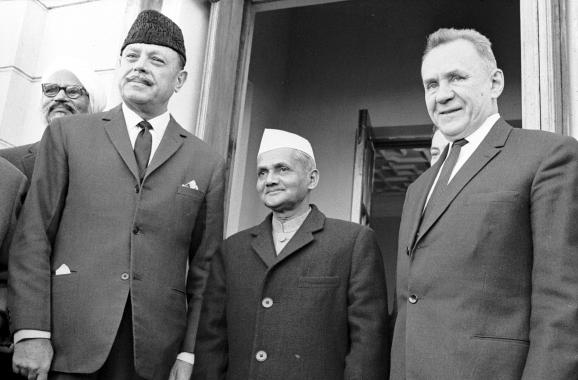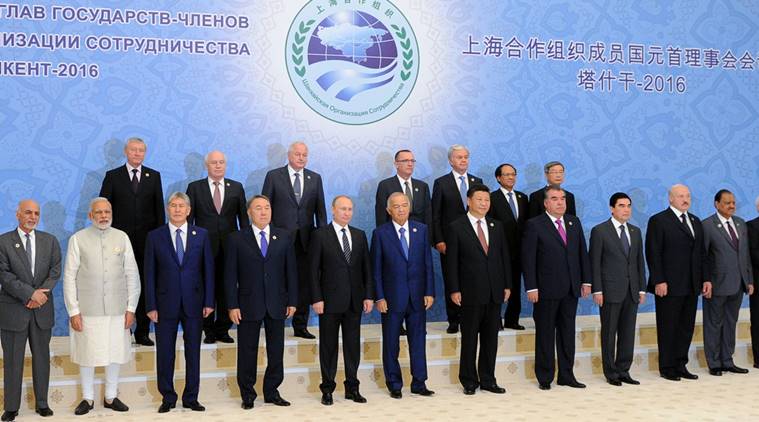The 1966 Tashkent Declaration: A Helping Hand for Institutional Memory?
In
Login if you are already registered
(votes: 1, rating: 5) |
(1 vote) |
In June 2016, Tashkent hosted the 15th anniversary summit of the Shanghai Cooperation Organisation (SCO), which concluded with the signing of a final declaration. It should be noted that neither the official rhetoric around the summit, nor the majority of the related analytical pieces mentioned another memorable date – the 50th anniversary of the 1966 Tashkent Declaration, which established a peace agreement between India and Pakistan. The fact that these two Asian powers are moving toward full-fledged membership in the SCO in 2015–2016 is justly viewed as a success for the organization. The New Asian Perspectives blog has decided to recall the recent diplomatic history.
I will make one remark right away: the Uzbek political analyst Farkhod Tolipov recently noted this symbolic coincidence drawing parallels in his article between the two Tashkent declarations; the results of the 2016 SCO Summit were analysed by RIAC experts and by other analysts. Still, this post is rather aimed at reminding about memorable dates in Russian and Eurasian diplomacy.

RIA Novosti
In 1965–66, the USSR acted as a peacemaker in the India–Pakistan conflict. Prime Minister Alexei Kosygin acted as an intermediary at the final day of the meetings held in Tashkent on January 10, 1966, where Prime Minister of India Lal Bahadur Shastri and President of Pakistan Ayub Khan signed a declaration formalizing the results of the peace negotiations. The document did not bring a permanent peace to the warring parties, as the Kashmir conflict persists to this day. The unexpected death of the Indian leader the day after the Declaration was signed cast a shadow over the event. Indecently, the capital of Uzbekistan still has Shastri Street, where a monument to the Indian leader stands. Indian delegations regularly visit the site; Prime Minister Narendra Modi visited it in 2015.
However, the Tashkent Declaration became a symbolic moment for Soviet diplomacy, which offered its good offices to the largest Asian states at the dawn of their independence. It might be said that, in terms of scale, Soviet post-war diplomacy had no comparable achievements in the region. The place selected was also symbolic: due to its weight as the industrial and cultural centre of Soviet Central (and not only) Asia, Tashkent of the late 1960s was, as we would say now, a “hub” for Soviet cultural diplomacy in the USSR’s relations with Asian countries at the time of de-colonization and active national liberation movements. Central Asia, India and Pakistan had a common, fairly romanticized past, including the Great Silk Road. Uzbeks played an important role in the Soviet diplomacy in Asia, providing invaluable and prompt expert support.

AP
All of this cannot fail to bring to mind – even if it is a bit of a stretch – Russia’s rhetoric of a “turn to Asia” today. Eurasian countries demonstrate their growing readiness to develop multilateral cooperation, using the image of the historical Silk Road, a brand that had been popular in Central Asia even before it was promoted by Xi Jinping. Maybe we should recall the historical examples of inter-Asian diplomacy from Russia’s recent past more often – examples that are similar to the 1966 Tashkent negotiations and which could both provide theoretical lessons and be of practical use for institutionalizing Eurasian cooperation.
(votes: 1, rating: 5) |
(1 vote) |




